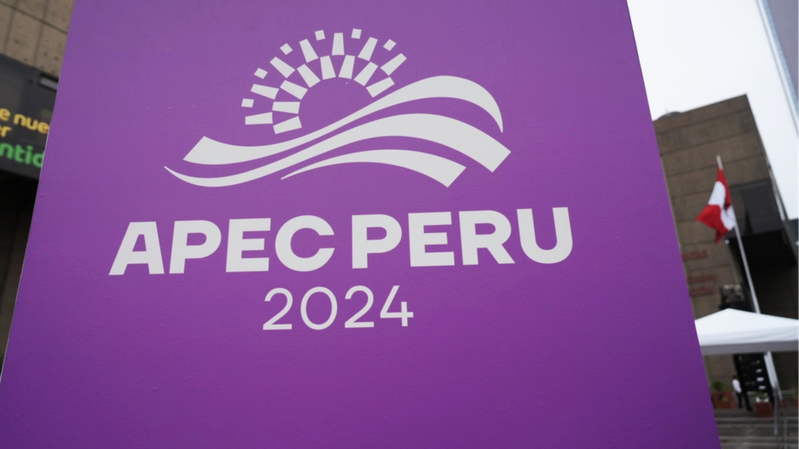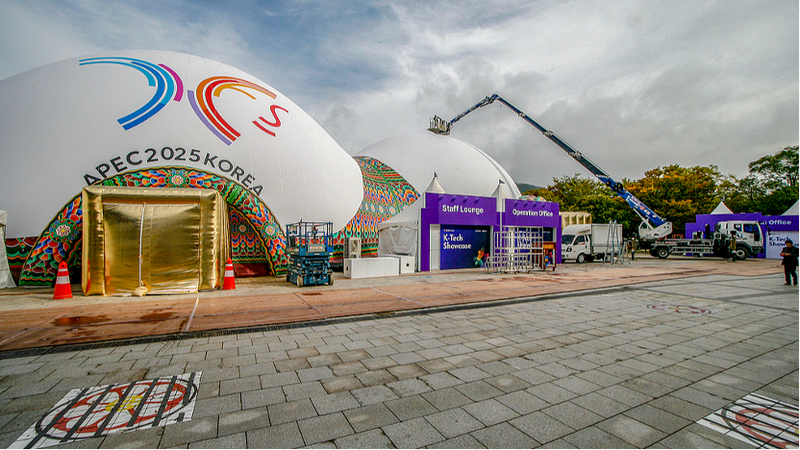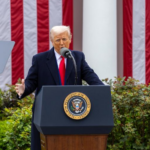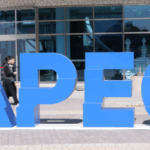In a world where trade tensions often dominate headlines, the Asia-Pacific region’s economic rise since the 1980s remains a standout success story. Dubbed the "Asia-Pacific miracle," this growth spurt has left economists and policymakers buzzing. Here’s the lowdown on what powered this boom—and why APEC’s unique approach might hold lessons for today’s fragmented global economy. 🚀
APEC: The Diplomatic Playground for Trade Wins
Think of APEC as the ultimate group project where everyone has to agree. With no binding treaties, this consensus-driven forum thrives on diplomacy over hard rules. "Its looseness is its strength," says Krzysztof Pelc, a professor at Korea University and Oxford. Amid rising trade rivalries, APEC’s soft-touch approach could be key to unlocking future cooperation—like a "policy incubator" for fresh ideas. 💡
The Big Three Drivers of the Miracle
1. Export Powerhouses: From tech gadgets to textiles, Asia-Pacific economies rode the wave of global demand. Open markets in the West, especially the U.S., fueled factories in China, South Korea, and Japan. Governments here played smart—supporting industries without shutting out global trends. 🌐
2. Savings Superstars: While Westerners splurged, Asia-Pacific residents stashed cash like pros. Savings rates doubled those of other regions, funding education, infrastructure, and innovation—all without drowning in debt. 💰
3. Luck + Absorptive Capacity: Low energy costs and a welcoming global market? Pure luck. But as Pelc notes, "Luck is like rain—you need a bucket to catch it." The region’s high literacy, skilled workforce, and reinvestment habits turned chance into sustained growth. 📈
Why This Matters Now
With APEC’s 2025 Leaders’ Meeting on the horizon, the "miracle" offers a playbook for today’s challenges. Can consensus-building and smart policies revive global trade momentum? Stay tuned. 🔍
Reference(s):
Asia-Pacific miracle: Exports, savings and absorptive capacity
cgtn.com







